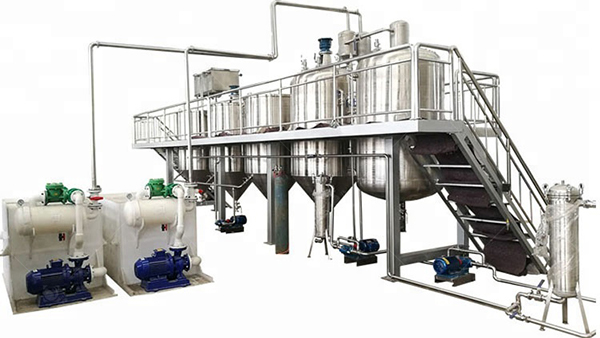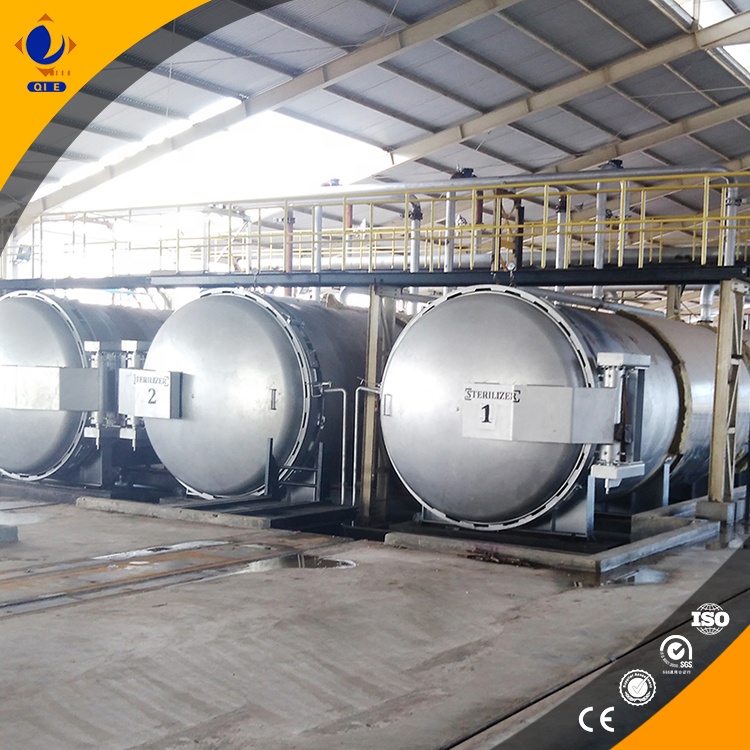
In the field of soybean oil refining, degumming and deodorization are two core processes that directly affect the quality, flavor, and stability of the final product. This article will comprehensively explore the key technologies and equipment advantages in these two processes, aiming to provide valuable insights for grain and oil processing enterprises.
When it comes to degumming, different types of degumming agents have their own characteristics. For instance, phosphoric acid - based degumming agents are widely used due to their high efficiency in removing non - hydratable phospholipids. The kinetics of the neutralization reaction also plays a crucial role. By understanding the reaction rate and equilibrium conditions, operators can better control the degumming process. In the deodorization process, parameters such as temperature and vacuum degree are vital. Generally, a temperature range of 220 - 240°C and a vacuum degree of 2 - 4 mbar can effectively remove odorous substances from the oil.

Common problems in soybean oil refining include low degumming efficiency and residual odors. Low degumming efficiency may be caused by improper selection of degumming agents or inaccurate control of reaction conditions. To address this, enterprises can test different degumming agents and optimize the reaction time and temperature. Residual odors, on the other hand, may result from insufficient deodorization. By adjusting the deodorization temperature, vacuum degree, and stripping steam flow, the odor problem can be effectively solved.
Modern soybean oil refining equipment often features a modular design, which enables a one - stop treatment from crude oil to refined oil. This reduces the complexity of the production process and the need for human intervention. For example, a well - integrated system can automatically complete degumming, neutralization, bleaching, and deodorization in sequence, improving production efficiency by up to 30% compared to traditional multi - step processes.

The application of intelligent control systems in the refining process has broad prospects. These systems can monitor and adjust key parameters in real - time, ensuring stable product quality. For example, an intelligent temperature control system can maintain the deodorization temperature within a narrow range, reducing the risk of over - heating or under - heating. In addition, automation can also reduce labor costs and improve safety in the workplace.
Many overseas customers have achieved significant improvements in oil quality and operational efficiency after using our soybean oil refining equipment. For example, a customer in South America reported a 20% reduction in free fatty acid content and a 15% increase in oil yield. Another customer in Europe saw a 40% reduction in labor costs due to the high degree of automation of the equipment.

In conclusion, our Penguin Group's soybean oil refining equipment, combined with advanced degumming and deodorization technologies, offers a comprehensive solution for the grain and oil processing industry. Whether you are facing problems in production efficiency, product quality, or cost control, our equipment and technical services can help you achieve your goals. Click here to learn more about our soybean oil refining equipment and technical services!











